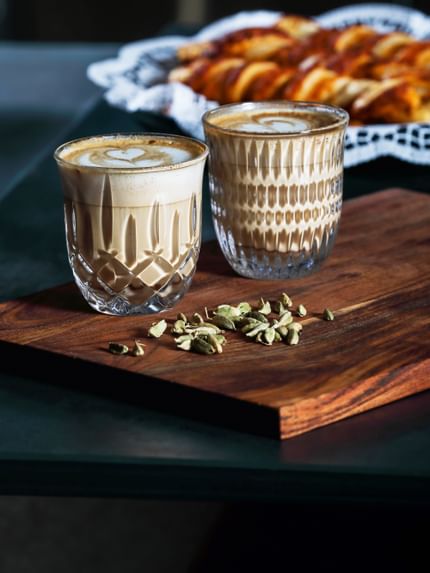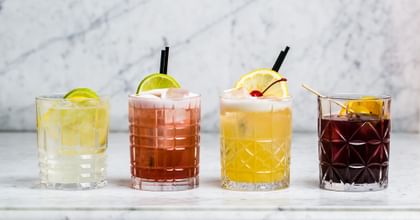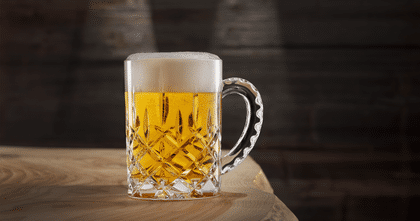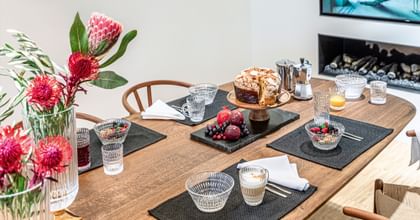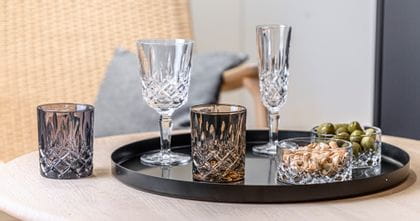Coffee origins
Flat White: Origin, Preparation & Expert Tips

Along with lattes and cappuccinos, the flat white has established itself as one of the leading milky speciality coffees today. But where did this beloved coffee drink originate? How exactly is a flat white made? And how can you get the most out of each cup?
What is a flat white?
A flat white coffee is made by combining a double espresso shot with steamed milk and finishing the drink with a thin layer of microfoam on top, which gives it a smooth, velvety texture. A typical ratio used for a flat white is:
- Two parts coffee
- Three parts steamed milk or milk alternative
- One part microfoam
For latte enthusiasts reading this, you can think of a flat white as similar to a latte, but with less milk, resulting in a more prevalent espresso flavor emerging. Because flat whites use less milk, they are usually served in a smaller mug or glass rather than the slim, tall glasses that are often used for lattes.
This is why our NACHTMANN Barista Cappuccino/Flat White glasses have a smaller capacity than our NACHTMANN Barista Coffee Mugs and our Latte Macchiato glasses.
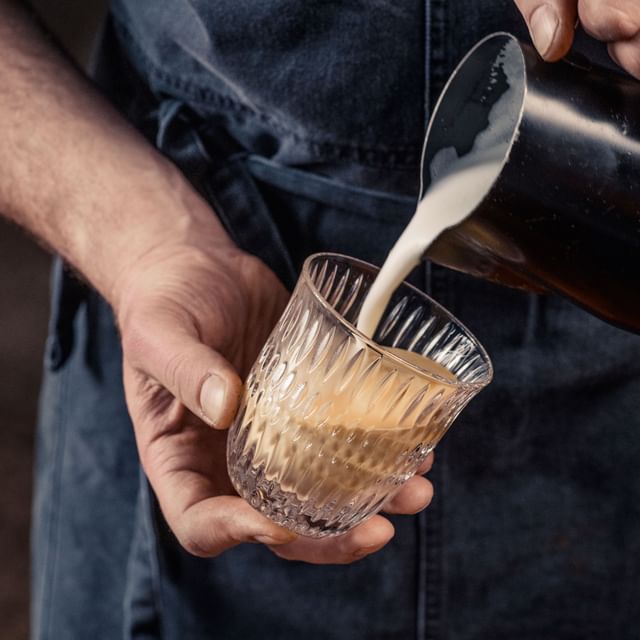
The flat white's beginnings
Like any popular drink, the origin of the flat white is disputed, but it is widely accepted to have originated in Oceania. While a lot of popular coffees have a European background, the flat white is thought to have originated in either New Zealand or Australia in the 1980s.
A popular New Zealand claim to the flat white's beginnings says that the drink was invented in 1989 when a barista in a Wellington café made a cappuccino that didn't froth properly. The barista decided to call this erroneous coffee a flat white, which, despite being initially made by accident, proved to be a hit with customers thanks to its smooth, velvety texture. Another New Zealand flat white origin story is that the flat white was invented in 1980s Auckland by two baristas looking to make an alternative to the Italian latte.
The best-known Australian claim to the birth of the flat white says that it was invented in Sydney in 1985. This version of events says that the flat white grew out of Australia's espresso culture and followed a demand for something less frothy than a cappuccino but stronger and creamier than a latte. Barista Alan Preston - widely credited with popularizing the term' flat white' - claimed to have started using the term on his menu to describe an espresso-based drink with lightly steamed milk and no thick foam, distinguishing it from a cappuccino.
The flat white's popularity today
Whichever origin story you believe, until the turn of the millennium, flat whites were rarely seen outside of Australia and New Zealand. That all changed in the mid-noughties, and what followed was a surge in global popularity for this specialty coffee.
In 2005, the flat white was exported to the United Kingdom for the first time, where it started being sold at Flat White Soho in London. Following this, from the 2010s onwards, large coffee chains and independent specialty coffee shops in the UK, US, and Europe began serving the flat white. This rise coincided with the growth of third-wave coffee culture, which emphasizes high-quality, artisanal espresso drinks.
Today, the flat white is just behind the likes of the espresso, latte, americano, mocha, and cappuccino in terms of global popularity. When it comes to popularity in Western specialty coffee shops, though, the flat white is right up there. Numerous surveys have seen the flat white come out on top as the most-ordered drink in UK coffee shops, which is a testament to how much the drink has surged in popularity over the past two decades.
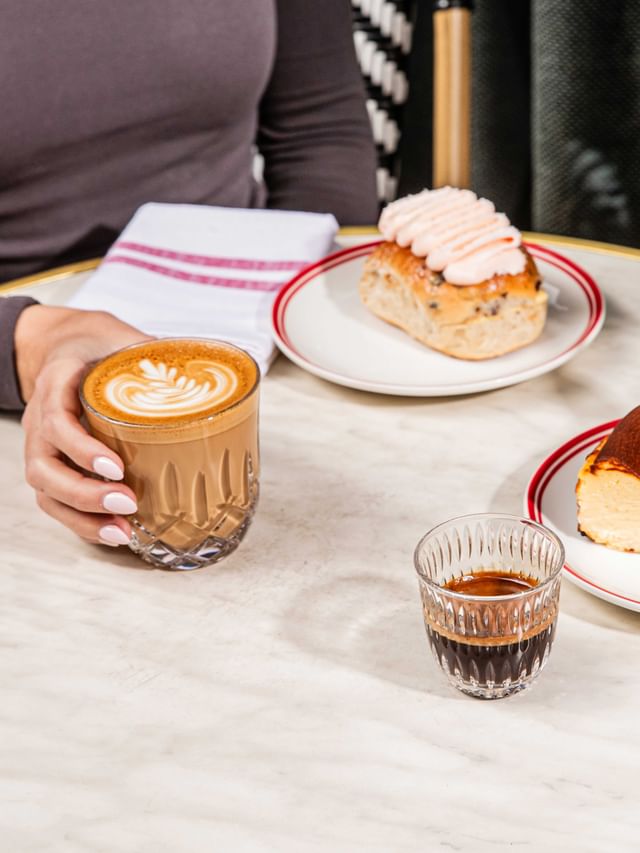
Foods to enjoy with a flat white
If you're looking to turn your flat white enjoyment into a more holistic experience, it can help to sip it alongside a snack that complements its qualities. Here are a few foods you can pair with your flat white to get the most out of it:
🥐 Pastries
Coffee and pastries are a classic combination, and it's easy to see why. For coffees with a stronger espresso taste, like the flat white, a sweet, buttery croissant or pecan pie can be the perfect choice to balance the coffee's bitter qualities.
🥑 Avocado toast
A flat white and avocado toast may seem like a typical millennial cliche, but don't let that put you off trying this pairing. The creaminess of smashed avocado works in harmony with the smooth texture of a flat white, while the toast's savory flavors provide a nice contrast to the coffee's subtle bitterness. Top your brunch off with chili flakes or poached eggs to add a little extra zing to your meal.
🍫 Chocolaty snacks
The bitter-sweet flavor of darker chocolate snacks like brownies or dark chocolate chip cookies enhances a flat white's richness while balancing the coffee's slightly bitter notes. Perfect for a post-lunch coffee and dessert combination!
The flat white may be a relatively new kid on the block, but it has put a definitive stamp on the coffee world. The flat white is straightforward to make and has filled a gap in the specialty coffee market between an espresso, latte, and cappuccino. It's safe to say there's no sign of its popularity subsiding anytime soon.
Locations
